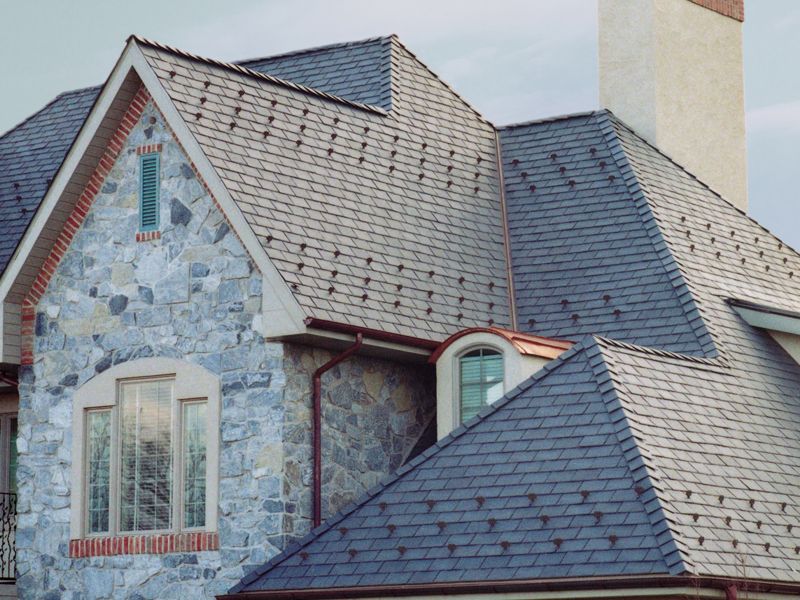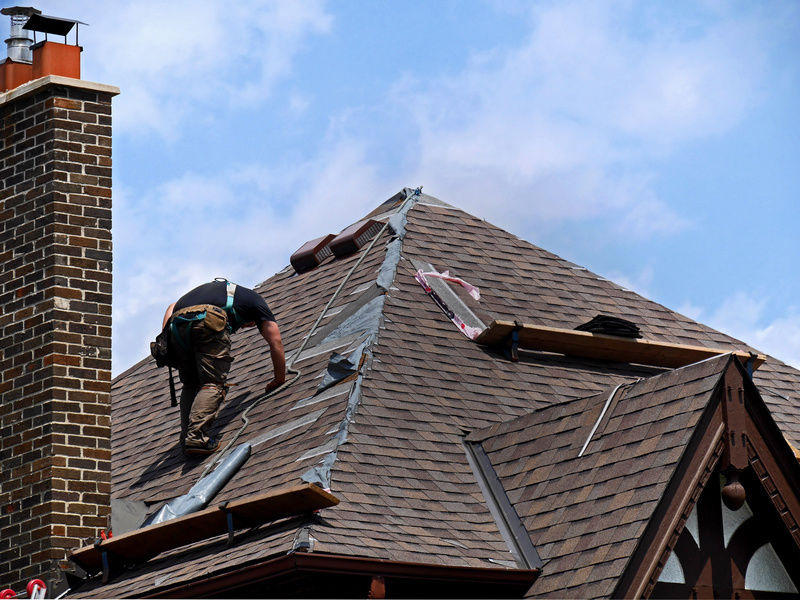The most popular roofing material in the domestic space is slate. This is a prefabricated concept, which means different materials in terms of manufacturing technology.
The only thing that unites them is the fact that they are sheet metal and usually have a profiled shape. To choose the right slate for the roof, it is necessary to analyze the features of the roof, the loads placed on it, environmental factors, as well as know the basic properties of each type of slate and the scope of each of them.
MAIN SLATE TYPES
At the expense of wide circulation of asbestos slate many till now by “slate” mean it. Nevertheless, slate can be made of different materials and with application of different technologies.
Depending on it for today allocate such kinds of slate:
- Slate for roofing slate natural slate;
- asbestos slate;
- euro slate roofing slate;
- plastic slate roofing slate;
- rubber slate;
- metal slate.
Each of them requires detailed consideration, because it has its own field of use.
NATURAL SLATE SLATE
Slate Progenitor of all known types of slate is oil shale, because the word “slate” is of German origin and is translated as “slate”. The material is a plate of oil shale of different shapes and sizes, the color, as a rule, gray and grayish-blue, less often there are greenish and brown shades.
The length of the elements usually varies from 25 to 60 cm, width from 15 to 35 cm and height from 0.4 to 0.9 cm. Due to its unique appearance and high price, the material is used for the arrangement of elite roofs.
The main advantages of oil shale slate:
- unique structure and hanging appearance, thanks to which it is possible to form unusual roofs with the material;
- oil shale slate with low thermal conductivity;
- resistance to sunlight, low and high temperatures, moisture, which allows the material to be used in all climatic conditions;
- excellent acoustic insulation;
- resistance to fire;
- durability.

ASBESTOS SLATE
Asbestos cement corrugated sheets have received the greatest distribution among all kinds of slate. The material is made on the basis of cement, water and asbestos, therefore the colour turns out light grey. Asbestos, evenly distributed, reinforces the cement mortar, increasing the strength of the material. The boring grey shade has now been eliminated by dyeing finished slate sheets. The paint layer gives the material additional protective and strength properties.
The popularity of this type of slate is ensured by a combination of its advantages:
- asbestos cement slate easy to lay;
- low price;
- long service life, up to 40 years;
- low thermal conductivity;
- resistance to frost and fire;
- durability;
- choice of colours.
EUROSHIFER
It is also called a bituminous or soft slate. In our building shops the material has appeared not so long ago, but buyers have already managed to estimate its advantages.
The euro slate is produced on the basis of cellulose fibers, which are impregnated with special polymeric substances, after which the material is pressed under the influence of bitumen vapor at high pressure and temperature, and after drying it is dyed in the desired color. Bitumen makes it possible to create an absolutely waterproof material.
PLASTIC SLATE
Plastic coloured translucent slate favourably differs in its appearance and is used for roofing of pools, pavilions, greenhouses, attics, creation of garage canopies, etc. The material is made of polycarbonate or polyvinyl chloride.
RUBBER SLATE
Rubber slate is made of glass fibre and rubber waste. The result is sheets with a wave height of 2-3 cm. The material is not widely used, it is used mainly for roofing small buildings. According to some characteristics, rubber slate resembles asbestos cement.
METAL SLATE
Metal slate or profiled flooring is made of galvanized steel. Sheets may have different wave shapes and sizes (wave height from 8 to 50 cm), the material is covered with a protective layer of polymers. Previously, metal slate was used only for roofing of industrial buildings, but when manufacturers learned to give the material different shades, such slate began to be used in residential construction.
CALCULATION OF THE REQUIRED SLATE QUANTITY
Selection and purchase of a certain type and quantity of slate should be preceded by work on measuring the roof area. It is important to analyze the features of the roof and the environmental conditions, assess the installation costs and the specific installation of a particular material.
In order to calculate the approximate amount of material required, it is necessary to know the area of roof slopes. It is not difficult to do the calculation by knowing the roofing parameters and applying simple mathematical calculations. It remains to divide the area of roof slopes by the usable area of one slate sheet to get an approximate number of sheets of material. It is better to add 10% to the result for cutting and fighting waste.
When inspecting and purchasing a slate, you can safely demand certificates of quality to ensure that the material fully complies with the qualities declared by the seller. Some types of slates should be transported with extreme care.


